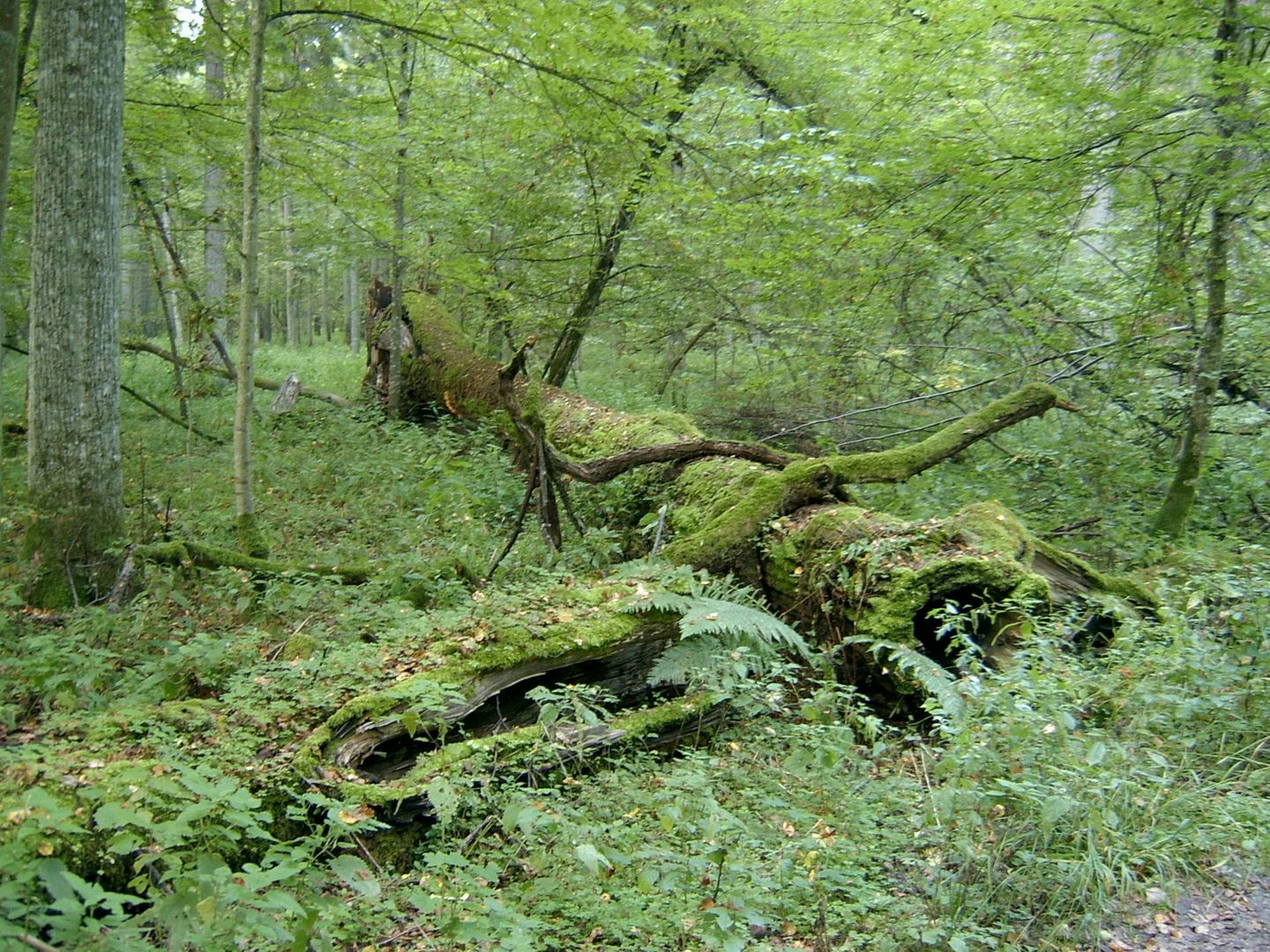Białowieża National Park
7.13

Overview
Białowieża National Park, established in 1932, is located in the Podlaskie Voivodeship and protects one of the last remaining fragments of primeval forest in Europe—the Białowieża Forest. The park is renowned for having the world’s largest free-roaming population of European bison, and its headquarters is situated in Białowieża. The park area consists of two main units: the Strict Nature Reserve and the European Bison Breeding Centre.
Due to its cultural and natural significance, the park was inscribed on the UNESCO World Heritage List in 1979. In 1992, this status was extended to include the Belovezhskaya Pushcha National Park in Belarus, forming a transboundary World Heritage site. Human activity in the forest dates back to the Neolithic period, with evidence of tools and settlements discovered in the area. Throughout history, the forest has been inhabited by various cultures and gained economic importance due to its rich natural resources.
Efforts to establish the park began in 1916 and were supported by many prominent botanists, though formal protection was not achieved until the 20th century. The area remains largely undisturbed, with dominant tree species including spruce, hornbeam, alder, and oak. The total area of the park exceeds 10,500 hectares and features diverse forest ecosystems and rich fauna, with approximately 12,000 animal species recorded.
Among the unique species is the European bison, which was once on the brink of extinction but has seen a significant population recovery thanks to breeding programs within the park. The park’s flora includes over 1,000 plant species, many of which are rare.
Białowieża National Park attracts around 140,000 visitors annually, offering attractions such as the European Bison Show Reserve, a nature museum, and educational trails—some of which are accessible even within strictly protected zones. A walk through the park combines environmental education with breathtaking views, while the presence of deadwood contributes to the area’s high biodiversity. Additionally, the park serves as an important site for scientific research, highlighting its uniqueness on Europe’s natural heritage map.
Location
You can also find here:
2025 Wizytor | All Rights Reserved

